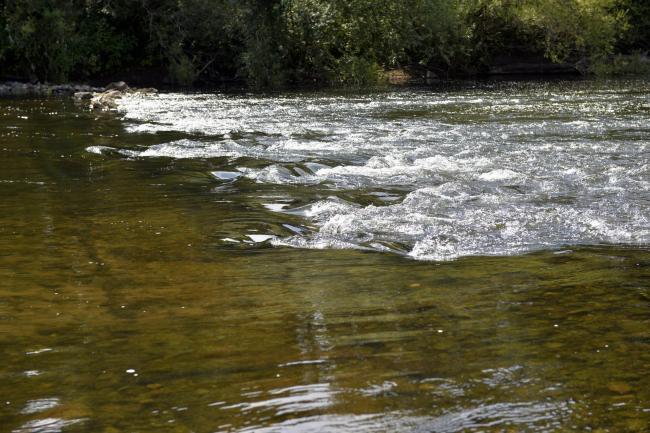
PARTS of Fife have now reached the highest level for water scarcity, as below average rainfall in the east of Scotland continues to cause stress on the environment.
The latest water scarcity report, published on Friday August 5, reveals mid and north Fife are now at “significant scarcity”, with the River Tweed catchment in the Borders expected to reach the same level in the next few days.
In line with Scotland’s National Water Scarcity Plan, The Scottish Environment Protection Agency (Sepa) is engaging with businesses affected, most of which are in the agriculture sector, and plans to confirm next steps with farmers next week.
Sepa has stated that there is “clear evidence” that further action is needed to protect the sustainability of local water environments. They state that this is due to “the combination of very low flows and high temperatures” posing a threat to fish, invertebrates and plants. They said: “While some parts of river ecology can recover quickly, others such as fish and plant populations can be seriously damaged longer-term or lost completely”.
Drier weather this year in Scotland has seen only 4 of the last 12 months recording above average rainfall. The east of Scotland in particular experienced the driest January in more than 80 years, with groundwater levels are the lowest they have been since records began in 2009.
David Harley, interim chief officer for circular economy for Sepa, said: “It is clear that a significant area of Scotland’s water environment is stressed from the prolonged dry weather this summer, and conditions are only going to get worse as this continues. Although there has been some recent rainfall in the east, it is not enough to recover the longer-term deficits.
“Sepa understands the impacts on businesses facing these difficult conditions and supports sectors reliant on water all year round on ways to become more resilient. However, it is vital we work together now to ensure the sustainability of local water environments for all who rely on them.
“As we’ve seen across Europe, water scarcity is becoming more common as a result of climate change.”
Previous research from the group found that Scotland will experience more frequent and more severe droughts in the coming decades due to climate change, and that this will influence water availability for drinking water, agriculture and ecosystems.







